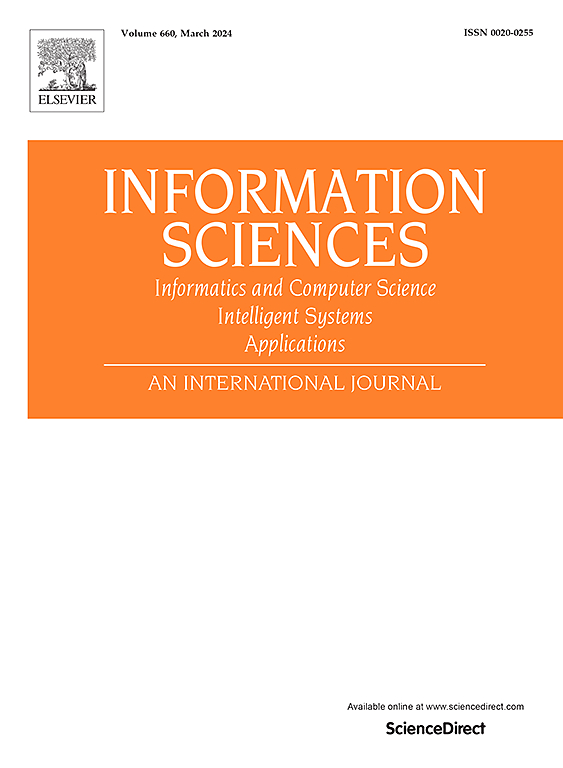A stable framework-based modeling of the complex dynamical system using a double context layered with self-weighted output feedback loop Elman recurrent neural network
IF 6.8
1区 计算机科学
0 COMPUTER SCIENCE, INFORMATION SYSTEMS
引用次数: 0
Abstract
In this paper, a modified structure of the classical Elman recurrent neural network (ERNN) named Double context layered with output self-weighted feedback loop Elman recurrent neural network (DCLOSWFLERNN) is proposed. It consists of two additional components (as compared to the ERNN model): one extra context layer and an adjustable weighted feedback loop in the output layer. This has resulted in the model's ability to approximate the underlying unknown mathematical relationship relating to the input-output data (obtained from any complex dynamical plant). The second emphasis of this paper pertains to the stability component, wherein the Lyapunov stability is utilized to develop a stable Back-propagation (BP) based weight update rule. Lastly, an adjustable learning rate is also suggested, which contributes to improving the learning algorithm's overall performance. The simulation results reveal that the proposed model has given better modeling accuracy as compared to the other considered neural models. This can be observed from the values obtained of the error-based indicators such as Root Mean Square Error (RMSE) and Mean Average Error (MSE). The values of RMSE and MAE obtained from the proposed model during the modeling procedure are 0.0028 and 0.0035 which are the least among the obtained with other neural models.
基于稳定框架的复杂动力系统的双上下文分层自加权输出反馈回路Elman递归神经网络建模
本文提出了一种经典Elman递归神经网络(ERNN)的改进结构——双上下文分层输出自加权反馈回路Elman递归神经网络(DCLOSWFLERNN)。它由两个额外的组件组成(与ERNN模型相比):一个额外的上下文层和输出层中的可调加权反馈回路。这导致模型能够近似与输入输出数据(从任何复杂的动态工厂获得)相关的潜在未知数学关系。本文的第二个重点是稳定性分量,其中利用李雅普诺夫稳定性来开发基于稳定反向传播(BP)的权重更新规则。最后,提出了一个可调整的学习速率,这有助于提高学习算法的整体性能。仿真结果表明,与其他神经网络模型相比,该模型具有更好的建模精度。这可以从基于误差的指标,如均方根误差(RMSE)和平均误差(MSE)的值中观察到。该模型在建模过程中得到的RMSE和MAE值分别为0.0028和0.0035,是其他神经网络模型中最小的。
本文章由计算机程序翻译,如有差异,请以英文原文为准。
求助全文
约1分钟内获得全文
求助全文
来源期刊

Information Sciences
工程技术-计算机:信息系统
CiteScore
14.00
自引率
17.30%
发文量
1322
审稿时长
10.4 months
期刊介绍:
Informatics and Computer Science Intelligent Systems Applications is an esteemed international journal that focuses on publishing original and creative research findings in the field of information sciences. We also feature a limited number of timely tutorial and surveying contributions.
Our journal aims to cater to a diverse audience, including researchers, developers, managers, strategic planners, graduate students, and anyone interested in staying up-to-date with cutting-edge research in information science, knowledge engineering, and intelligent systems. While readers are expected to share a common interest in information science, they come from varying backgrounds such as engineering, mathematics, statistics, physics, computer science, cell biology, molecular biology, management science, cognitive science, neurobiology, behavioral sciences, and biochemistry.
 求助内容:
求助内容: 应助结果提醒方式:
应助结果提醒方式:


